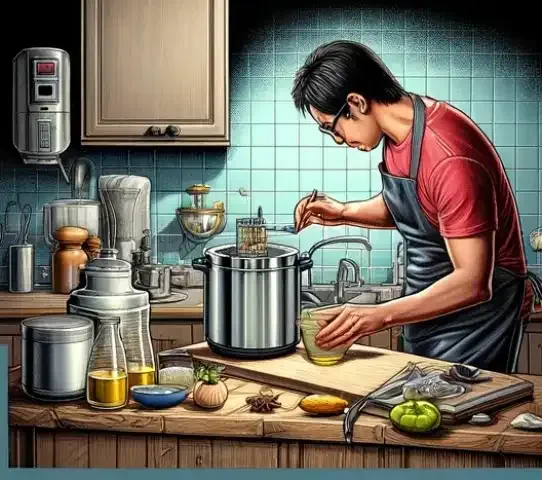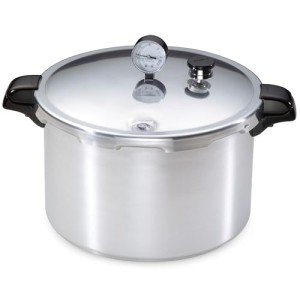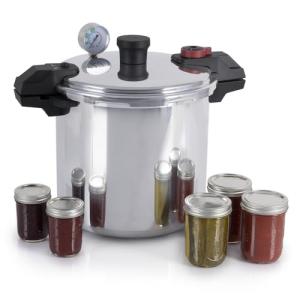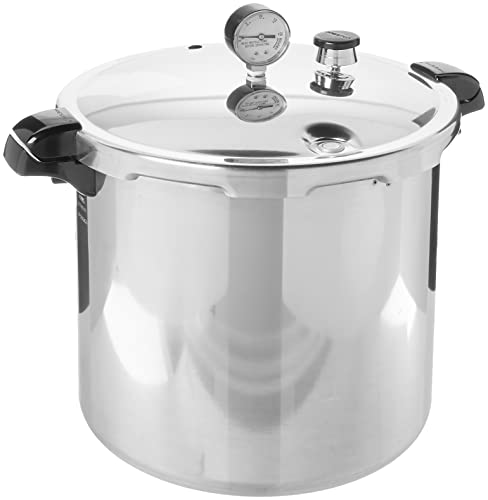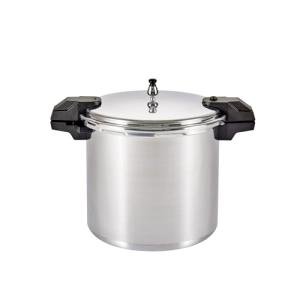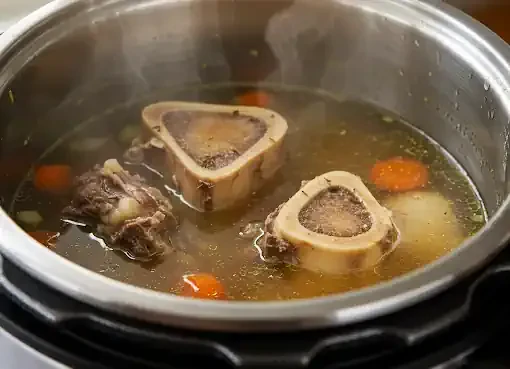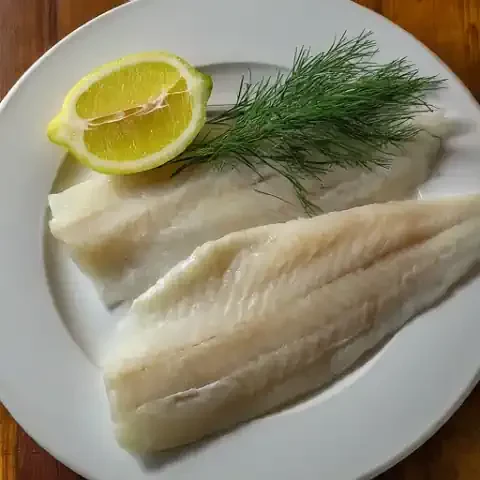Pressure cooking has long been a time-saving and flavor-enhancing method in the culinary world. It offers the opportunity to cook meals quickly while preserving nutrients and intensifying flavors. If you're a pressure cooking enthusiast looking to take your skills to the next level, we've got some advanced techniques to help you unlock the full potential of this remarkable cooking method.
Mastering the Art of Searing
One secret to elevating your pressure-cooked dishes is to start with a solid foundation of flavor. While pressure cookers excel at tenderizing meats, they often fall short in achieving a rich, caramelized exterior. To remedy this, consider searing your ingredients before placing them in the cooker. This simple step locks in flavors and adds depth to your dish. By heating some oil in a skillet and browning your ingredients, you'll create a beautiful Maillard reaction that will infuse your pressure-cooked meals with a delectable taste.
Layering Flavors for Complexity
Pressure cookers excel at melding ingredients together, allowing flavors to harmonize and intensify. To create complex and multidimensional dishes, embrace the art of layering flavors. Start by sautéing aromatic ingredients like onions, garlic, and spices before adding other components. This initial step will release their oils and build a robust flavor base. Experiment with different combinations to unlock a world of taste sensations, transforming your pressure-cooked meals into gourmet delights.
Harnessing the Power of Marinades
Marinades are a powerful tool in the realm of pressure cooking. By marinating your proteins, you can infuse them with an array of flavors that will be brought to life during the cooking process. The pressurized environment within the cooker helps the marinade penetrate deep into the meat, resulting in tender, succulent, and well-seasoned dishes. Take advantage of this technique by allowing your ingredients to marinate for a few hours or even overnight before cooking. You'll be amazed at the depth of flavor you can achieve.
Adding Ingredients at the Right Time
One common pitfall in pressure cooking is overcooking delicate ingredients, such as vegetables or seafood. To avoid turning them into mush, it's crucial to understand the appropriate cooking times for each ingredient. Start by cooking tougher ingredients, like meats or legumes, under pressure for the necessary duration. Then, release the pressure, open the cooker, and add the more delicate items for a brief cook or steam. This technique ensures that all components of your dish are perfectly cooked without sacrificing texture or taste.
Utilizing Natural Pressure Release
While it may be tempting to use the quick-release valve to hasten the cooking process, some dishes benefit from a natural pressure release. This method allows the flavors to meld together further and gives the ingredients time to absorb any remaining liquid. Natural pressure release is particularly beneficial for stews, soups, and braised dishes. Simply turn off the heat and let the pressure subside naturally. Patience pays off, as you'll be rewarded with rich and fully developed flavors.
Pressure cooking is a versatile technique that can be taken to new heights with a few advanced methods. By searing ingredients, layering flavors, harnessing the power of marinades, adding ingredients at the right time, and utilizing natural pressure release, you'll unlock a world of culinary possibilities. Embrace these secrets, and watch as your pressure-cooked dishes impress family and friends with their depth, complexity, and mouthwatering taste. Happy cooking!
